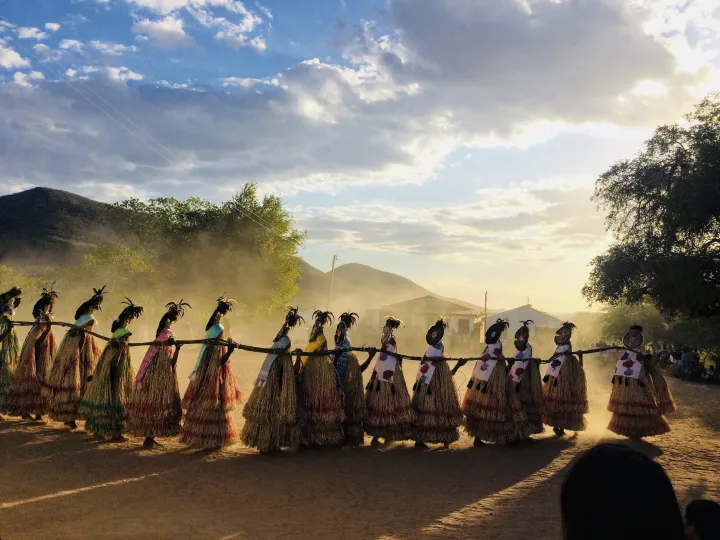WIPO Photography Prize
WIPO Photography Prize for Indigenous Peoples and Local Communities Youth
Exhibition of Shortlisted Entries in MEG Garden
This exhibition presents the perspectives of young photographers from indigenous peoples and local communities around the world on the climate crisis and the action they are taking to mitigate
its impact. The photographs displayed are the work of the 30 finalists of the World Intellectual Property (WIPO) Photography Prize for Indigenous Peoples and Local Community Youth 2021-2022.
Themed Climate Change and Climate Action: Mother Earth through our Lenses, the WIPO Photography Prize encourages Indigenous and local community youth to capture and communicate their perspectives on the climate-related challenges confronting their communities – while raising their awareness on how copyright can be used to protect their creativity expressed in the photographs.
The WIPO Photography Prize was organized by WIPO’s Traditional Knowledge Division. It was conceptualized and designed in consultation with representatives of indigenous peoples and local communities, youth, governments, organizations and individuals working on climate change, biodiversity, photography, intellectual property, media and entrepreneurship. To make the competition accessible to as many young people as possible, entrants were not required to use professional photographic equipment.
As part of its exhibition “Environmental Injustice – Indigenous Peoples’ Alternatives”, MEG is partnering with WIPO to present the shortlisted photos from this competition.

Pulling of the vine
The Pankararu people’s traditional Corrida do Imbu festival takes place once a year and coincides with the appearance of the first ripe imbu fruit of the season. The tradition begins with the Dance of the Praiás, with elders in costumes representing mythical figures, followed by the “pulling of the vine.” The photo shows praiás carrying the vine in the sacred arena of the Calu.
Joanderson Gomes de Almeida (born in 1991), Pankararu, Brazil

Sea of garbage
Sama Bajaus, known as Sea Gypsies, are considered as one nof the guardians of the sea. This indigenous group in the Philippines has the tradition of environmental preservation by making something new out of trash. Here, a girl is cutting recycled plastic trash into
strips to make an ornamental pillow out of it. This has also became their source of livelihood.
Prince Loyd Besorio (né en 1999), Subanen (Philippines)

The harsh side of climate change in the wild
Due to drought experienced in parts of Northern Kenya, wild and domestic animals feel the brunt of the drought due to the absence of rain for the past year. In this picture, two buffaloes are stuck in mud of a water pan they used to drink from at Qarmadhha in Ijara sub-county, Garissa. One had already died and the other one was staring at death.
Verine Ogutu (born in 1997), Luo (Kenya)
About WIPO
The World Intellectual Property Organization (WIPO) is a specialized agency of the United Nations with 193 member states. WIPO is the global forum for intellectual property services, policy, information and cooperation. The Organization is headquartered in Geneva.
WIPO’s mission is to lead the development of a balanced and effective global intellectual property ecosystem to promote innovation and creativity for a better and more sustainable future for all.
WIPO’s engagement with indigenous peoples and local communities began in late ’90s. The organization works with indigenous peoples and local communities and governments in a number of ways to promote and protect genetic resources, traditional knowledge and traditional cultural expressions The WIPO Photography Prize is a part of this work.
MEG and WIPO’s collaboration
Since 2021, MEG has been partnering with the Traditional Knowledge Division at WIPO with the view to promote and better protect the traditional knowledge and traditional cultural expressions of indigenous peoples and local communities.